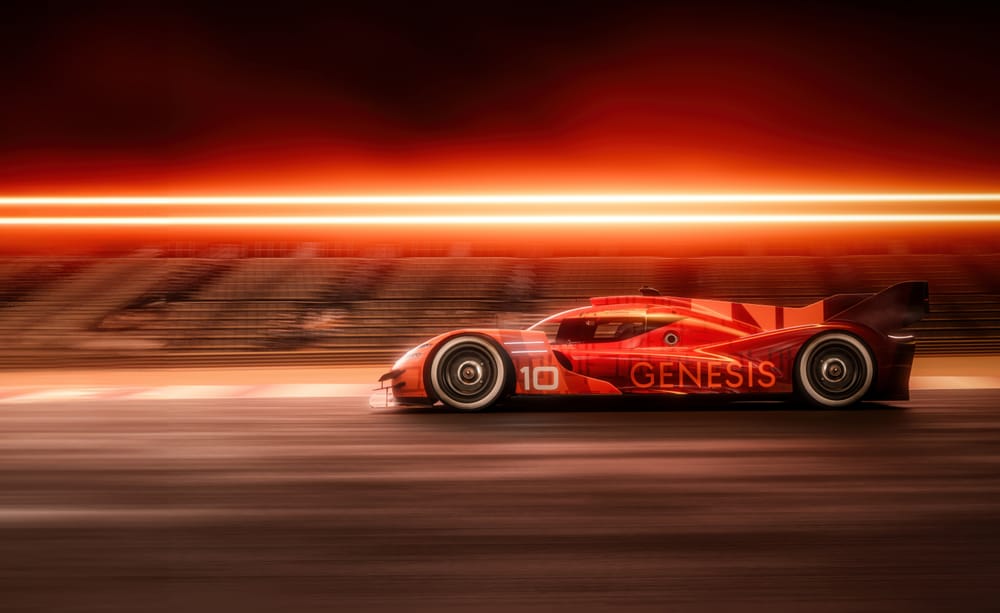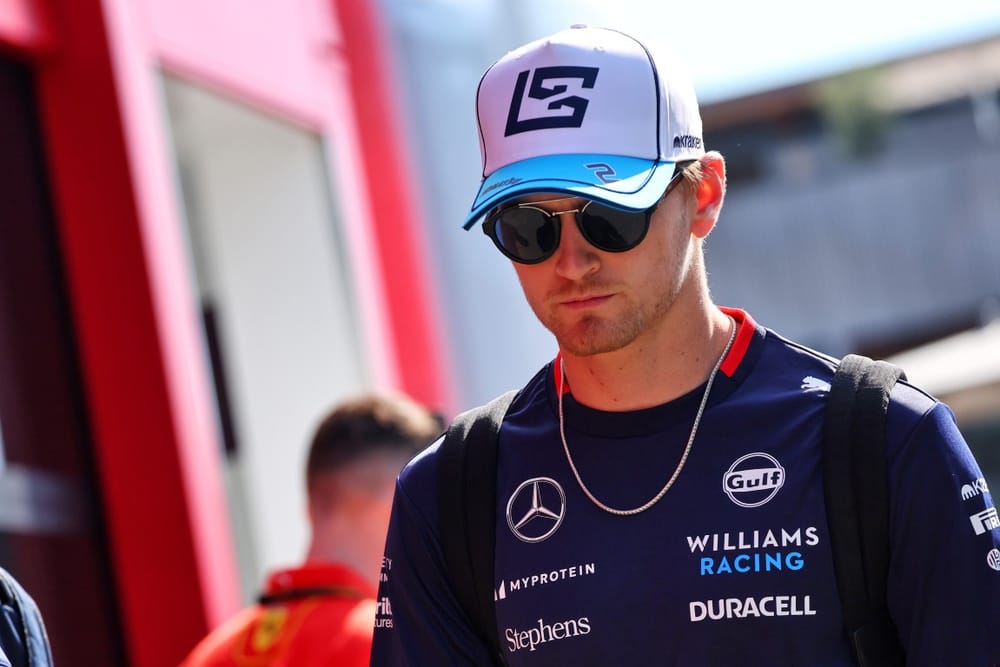Today, as part of the New York International Auto Show, Genesis Magma Racing unveiled a full-scale model of its GMR-001 Hypercar.
The secrets of the car, the progress of the project and more - here is everything we've learned so far about this intriguing programme.
What is Genesis?
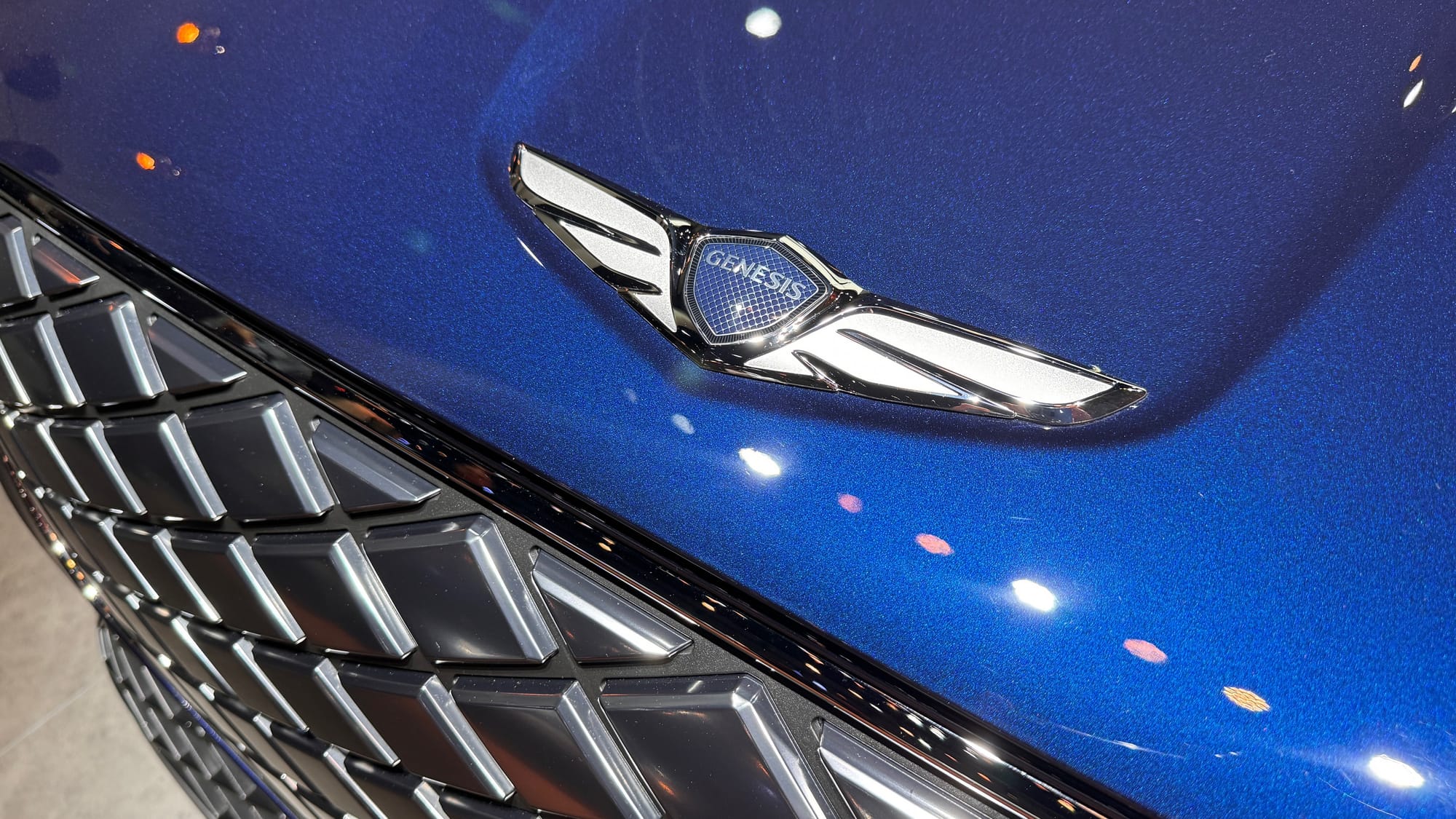
Genesis is little-known in Europe. And this Hypercar programme, which will start next year, should help it make a name for itself. To put it in context, a little reminder is necessary to know a little bit more about the luxury vehicle division of the Hyundai Motor Group.
Genesis is a young brand. It was officially announced as a standalone brand in November 2015. It arrived on the American market in 2016 and on the European market in 2020. It offers 10 models now - compared to four models in 2020.
It is also present in 17 markets, including Korea, the United States, Canada, the Middle East, Australia, Europe and China. But it does not intend to stop there.
In terms of sales, Genesis sold 229,532 units in 2024, including 75,003 in the US. It is therefore easier to understand why Genesis chose the New York International Auto Show to present this 1:1 scale model. Parent company Hyundai Motor Group, the world's third largest automotive group, sold 7.23 million vehicles in total in 2024.
In terms of racing, Hyundai is of course known for its WRC titles, two manufacturers' titles (2019 and 2020) and one drivers' title with Thierry Neuville (2024). But also for its successes in touring cars, particularly in TCR.
When and why get involved in Endurance racing?
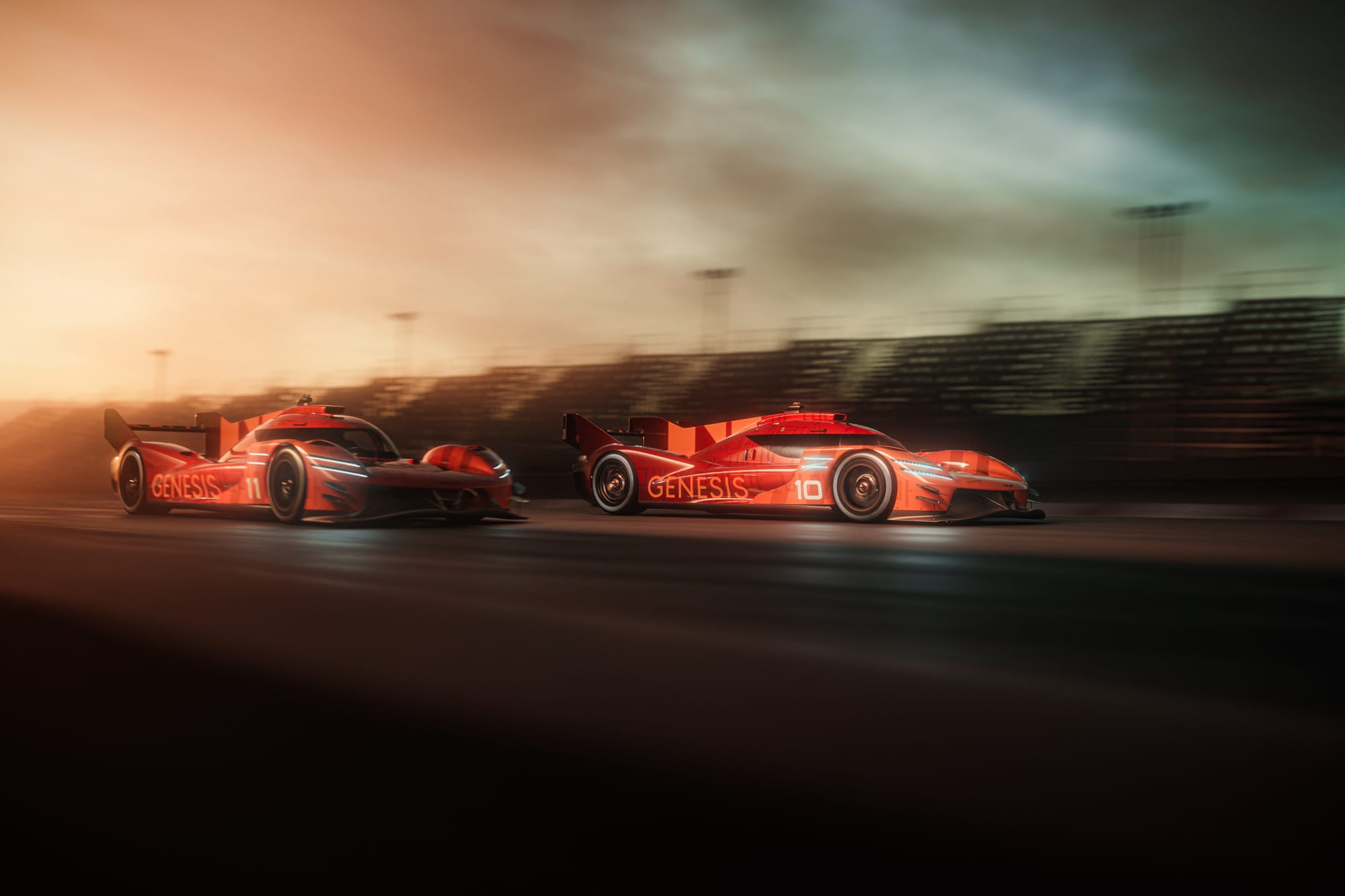
Hyundai Motor Group formalised its arrival in the WEC in 2027 on 12 September last year via a very brief message on social networks, somewhat in the image of what McLaren did last week.
Subsequently, we learned that Genesis Magma Racing - the name of the sports entity - will also race in IMSA from 2027.
Then, on 4 December, the Korean manufacturer invited the press to Dubai, at the foot of The Burj Khalifa (the world's tallest structure: 829.8m or 2,722ft), to give more details and unveil a first model of its future Hypercar: the GMR-001.
It was an impressive presentation, worthy of those made by F1 teams some 20 years ago, which speaks volumes about the ambitions and the resources deployed.
But why choose endurance racing when we know that Formula E and Formula 1 were also options?
"I think the first [reason] is having a direct relationship to our line-up of cars," said Luc Donckerwolke, chief creative officer of Genesis.
"It is much closer, and also the public, the audience, is actually closer to the type of vehicles we sell.
"We thought obviously endurance racing is compatible with our brand values as well.
"We don't want to come to motorsport and do it the same way. We are more than just an automotive brand, we have a lot of technology and potential that we would like to apply, not only to obviously the vehicles, but also to the environment and sustainability."
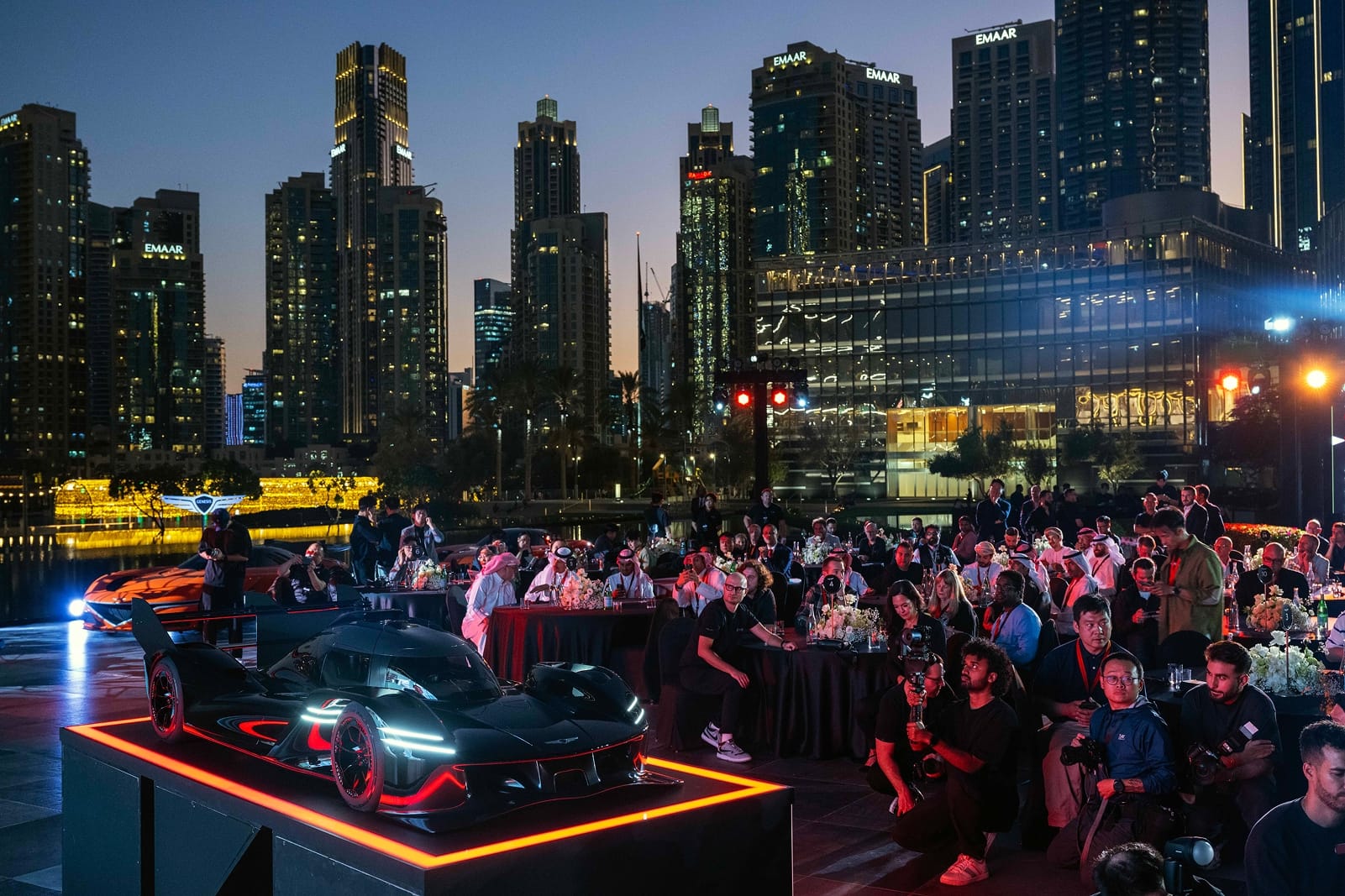
He added: "We aim to have, let's say, a more sustainable logistic system with hydrogen. So there's a lot of things we want to apply.
"This is not just a marketing tool. It is very important for us to race and to get a return on investment. And by that, I don't mean marketing or whatever.
"I mean as well as technological know-how, and also inspiration for the design. So this is why we believe in endurance, and also because we have always identified our cars as being a little bit the grand tourer, the 'gran turismo' cars, so the gentleman driver. And this is actually the essence of endurance racing.
"It has been the discipline of the gentleman drivers. So we believe that there is absolute compatibility from that point of view as well."
What do we know about the car?
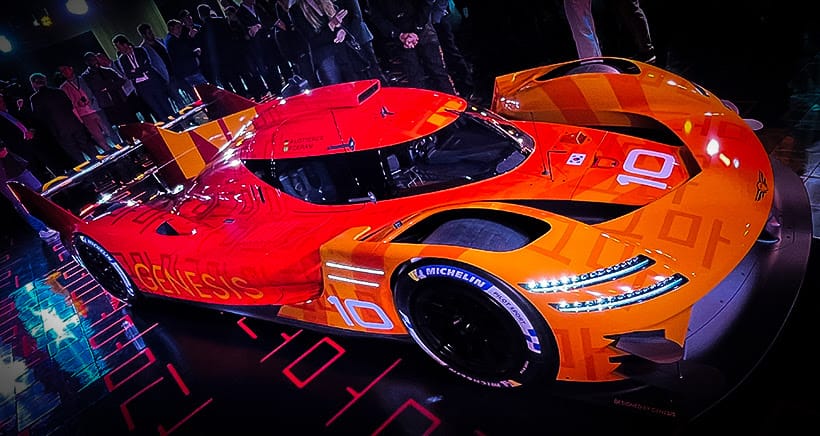
The 1:1 scale model presented in New York is a preview of what the GMR-001 should look like. It's not the final version - but we already know quite a lot of details about the car that'll go racing.
First of all, Genesis has opted for the LMDh regulations, which require the choice of one of four approved chassis as well as a standardised MGU, gearbox and battery assembly.
Why LMDh and not the LMH regulations, which would have made it possible to design everything in-house?
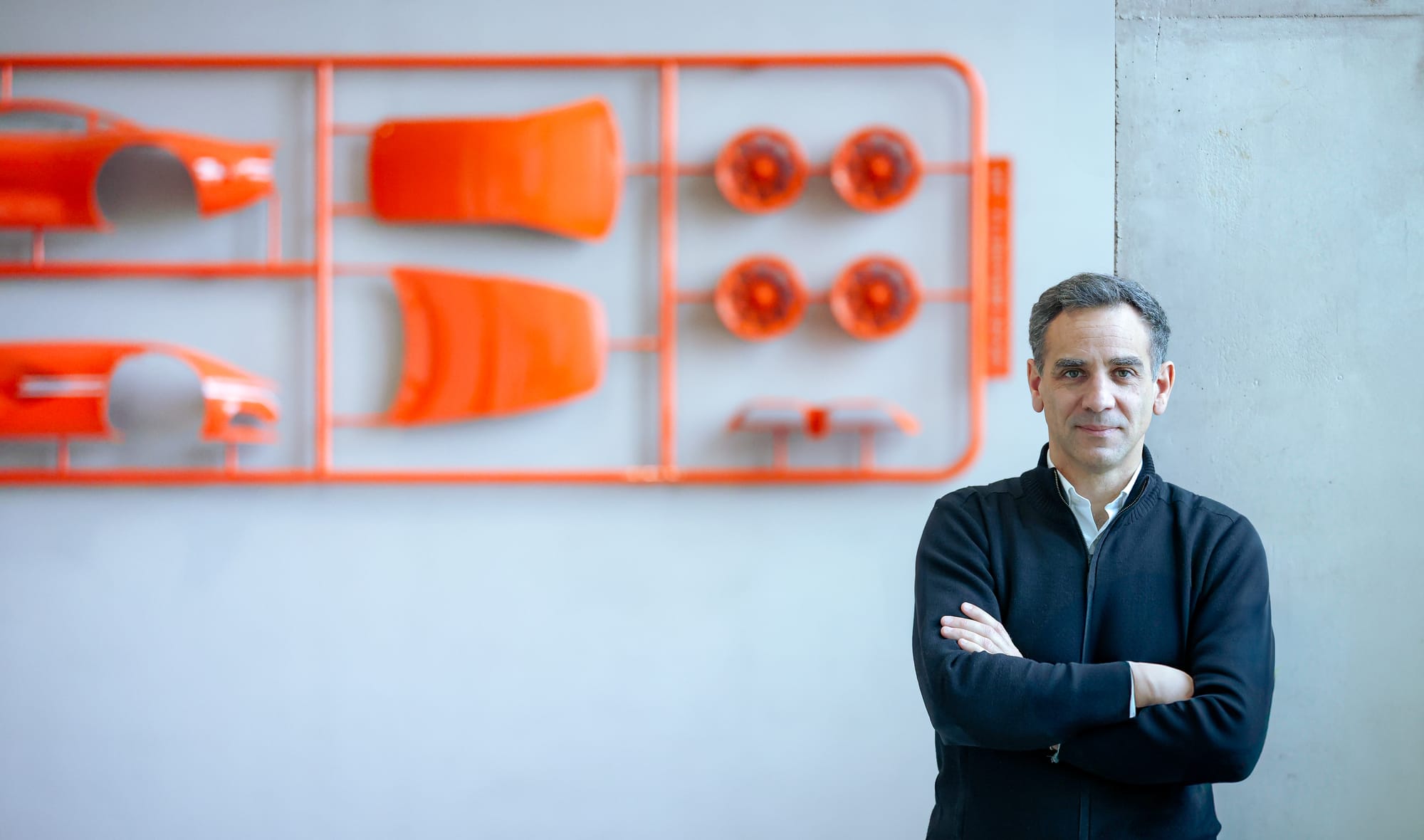
"Of course we thought about it," Genesis Magma Racing team principal Cyril Abiteboul admitted. "But we also have to be humble in our approach, pragmatic and realistic about our learning curve. We had to start with the most accessible regulations. But perhaps in the future we will reach another level."
The decision has been made to work with Oreca, whose chassis is already used for the Acura ARX-06 and the Alpine A424 and has proven to be one of the best. It is also an opportunity for Abiteboul to work again with Rémi Taffin, current technical director of Oreca, with whom Abiteboul worked with in the Renault F1 team between 2014 and 2020.
"We contacted them all [the chassis manufacturers], and some were more available than others," Abiteboul explained.

"But there was that little something extra, which was the involvement of Hugues [de Chaunac, Oreca CEO], who also has strong ties with Jacky [Ickx, Genesis ambassador].
"Because motorsport, in the end, is a story of people and passion. If you don't share the same passion and motivation, you miss out."
The roll-out is scheduled for the end of August, ahead of the competition debut in the third edition of the 1812 km of Qatar at the end of March, for the opening round of the 2026 WEC season.
What engine will power it?
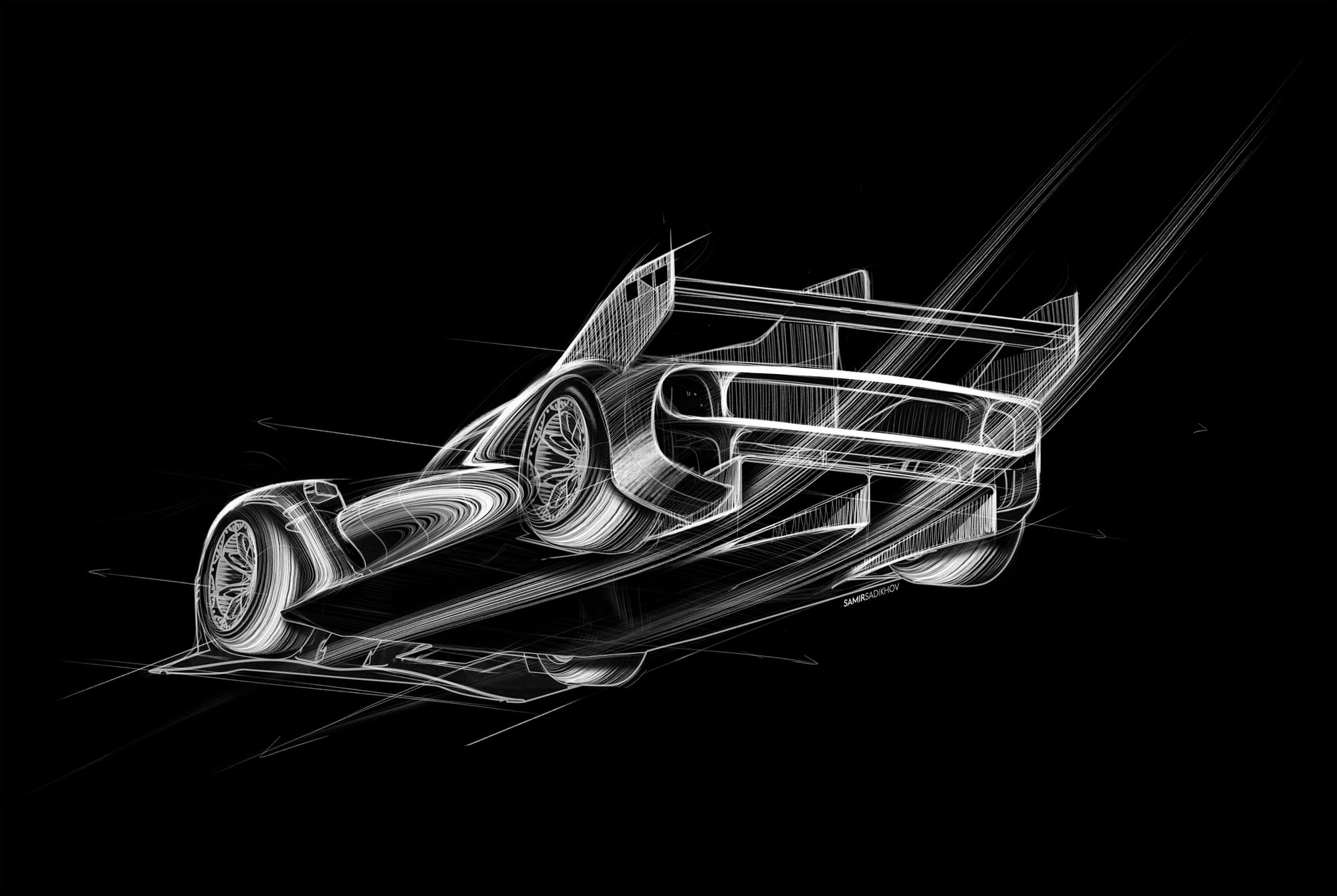
In an ideal world, Genesis would have liked to opt for a twin-turbo V6. This would have been more logical to create a link with the road cars. But here too, in a humble way, the decision was made to go for the 'easy' option.
"The challenge is a big one," Abiteboul explained. "So we decided to take a shortcut and base it on the rally engine.
"Anyone who knows about engines will appreciate that we only had six months to develop a complete engine.

"We elected to go with a V8, precisely because the V8 was a great opportunity not to have to redesign a complete engine from scratch and instead take inspiration from our existing WRC engine, a very competitive 1.6-litre turbocharged inline-four that we've been using for several years. We took that engine and made it two times four in line, which gives us a V8."
As a reminder, Pipo Moteurs had proceeded in exactly the same way when designing the V8 of the Glickenhaus 007 LMH that finished third in the 24 Hours of Le Mans in 2022.
"We will be able to keep the bearings, the pistons, the cylinder head and even the camshaft," explained François-Xavier Demaison, technical director of the project (who headed up the ultra-successful Volkswagen WRC programme and, in a much less successful tenure, was technical director at Williams F1).
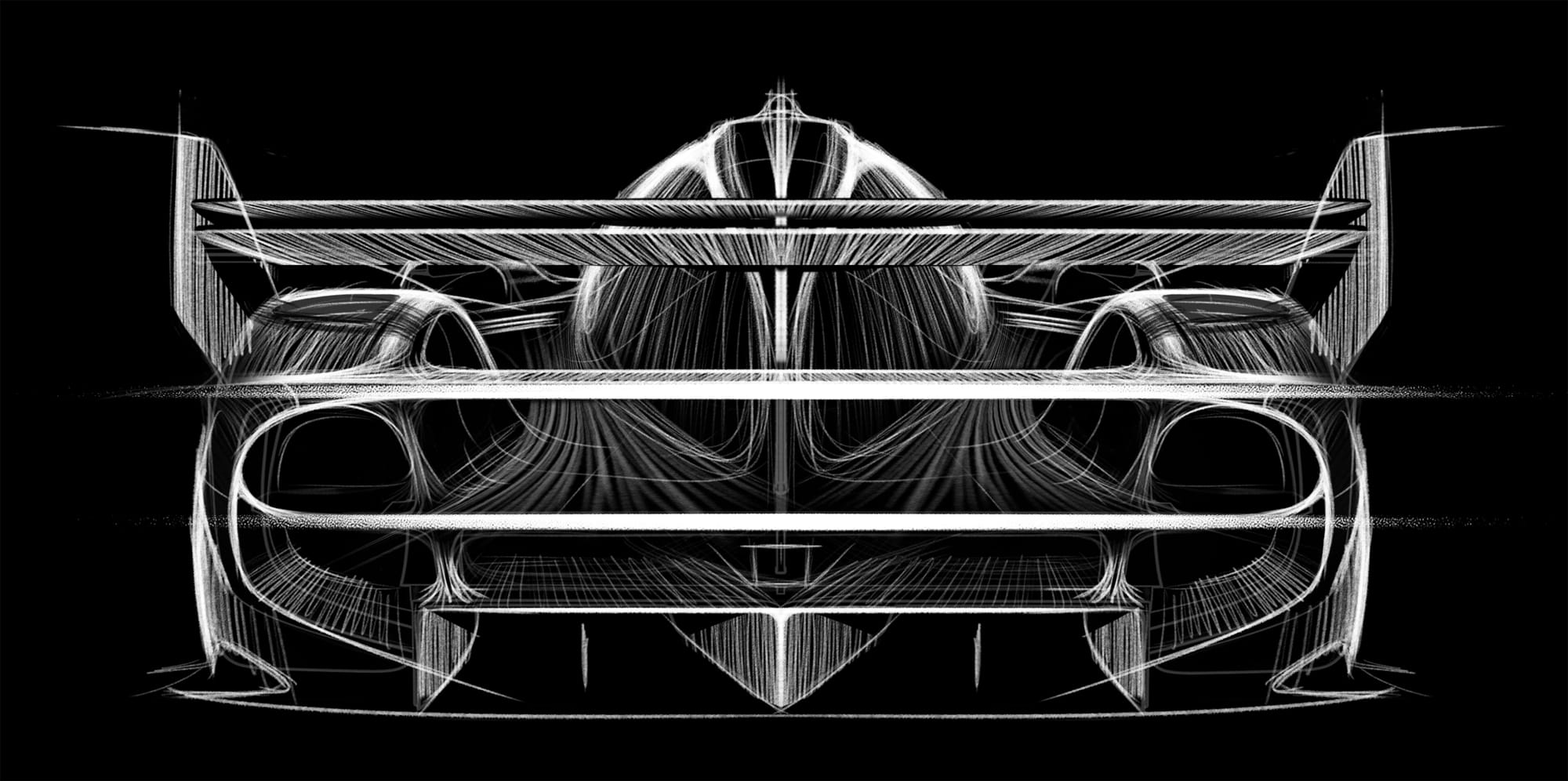
"This will enable us to eliminate unknowns in view of the tight project schedule. On the other hand, we had to redesign a block, which is structural, but also define the optimum weight of the block to be sure to have the necessary stiffness to have acceptable chassis behaviour without exceeding the minimum weight."
And what about the timing?
"The planned schedule is going according to plan and the engine start [on the test bench] took place on the scheduled day, February 28," explained Abiteboul.
"We are starting the endurance tests and seeing how far these tests go. So far there have been no surprises, but there will be at some point, as is to be expected."
What about the racing team?
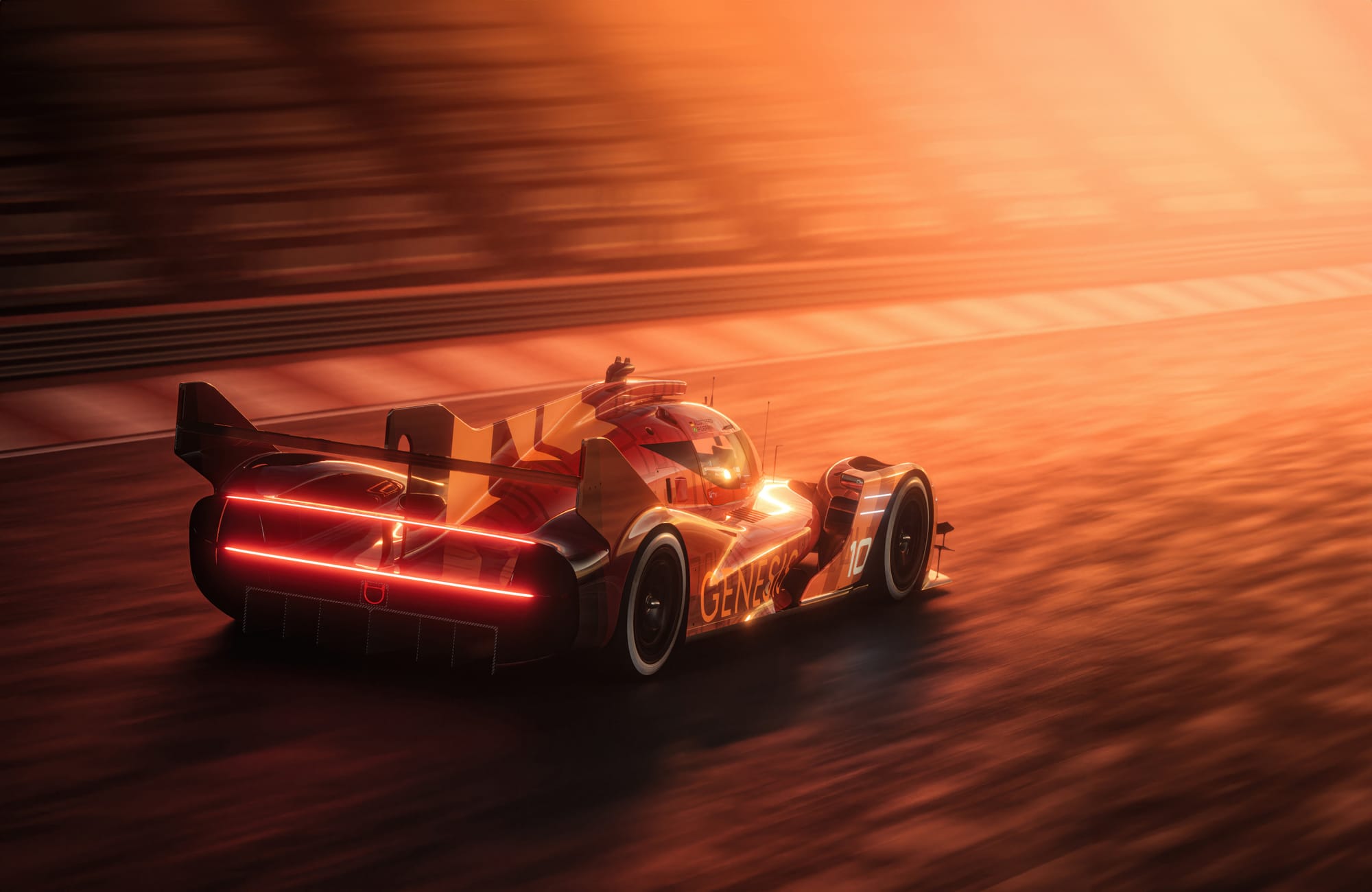
As mentioned above, Genesis Magma Racing will be present in the WEC from next year and in the IMSA SportsCar Championship from 2027. For the World Endurance Championship, the decision has been made to set up an in-house racing team.
"We are looking for talent on a worldwide basis," Abiteboul said. "I can already tell you that we have secured a chief engineer. He previously worked with some of the most successful brands in motorsports. We are only looking at the best of the best who can bring us not just talent, but also their culture, their background and their network of people."
The chief engineer the Frenchman is talking about is, The Race understands, Justin Taylor, who had worked for Audi Sport, Rebellion Racing, JDC-Miller MotorSports and IndyCar's Dale Coyne Racing before winning the 2023 24 Hours of Le Mans as track engineer of the #51 Ferrari 499P. He moved after that to Cadillac and Chip Ganassi Racing.
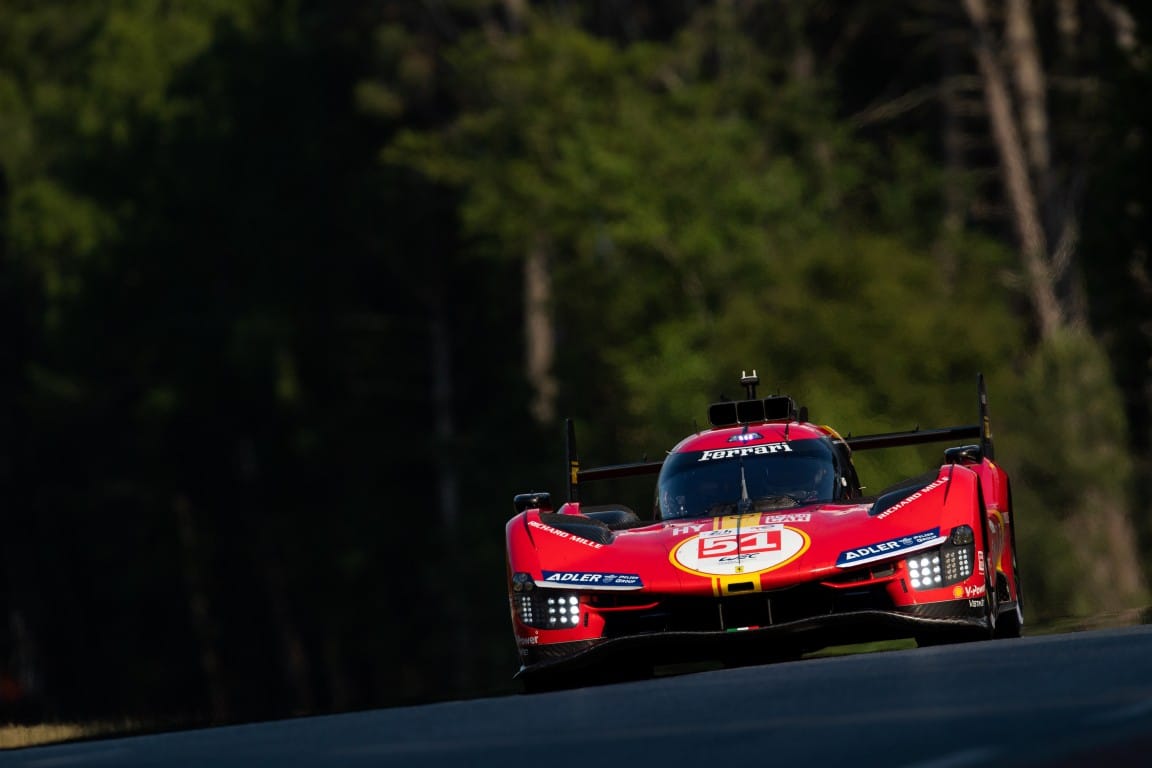
Several mechanics have also been recruited, notably from Ferrari AF Corse and Peugeot. Mathieu Leroy will be one of the two track engineers, having spent the last few seasons as track engineer for the Porsche Penske Motorsport 963 #5 in the WEC.
Regarding IMSA, Genesis Magma Racing will rely on an American team. While Ganassi no longer seems to be an option, Bryan Herta Racing (which is allied with Hyundai Motorsport in touring cars in the United States) is one, as is Pratt Miller Racing, which has broken its exclusive contract with General Motors and has entered the IMSA LMP2 this year with the sole aim of winning the favour of a major manufacturer in GTP.
Where will Genesis Magma Racing be based?
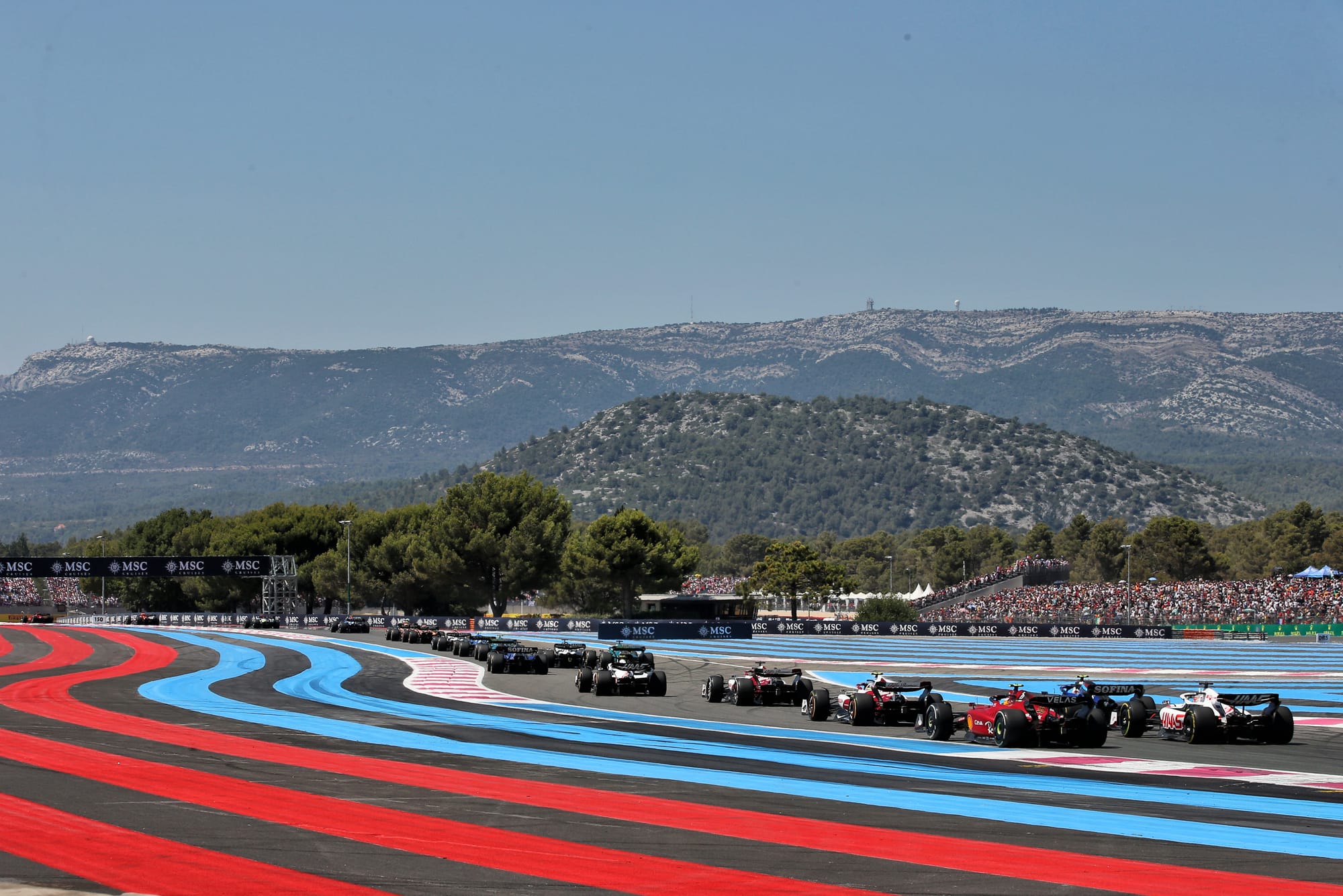
The team will be based at Paul Ricard, in the IDEC Sport facilities, rather than in Hyundai's familiar confines of Alzenau (Germany).
"Alzenau is not suitable for a circuit project, both in terms of attractiveness and organisation of space," Abiteboul said.
"And it so happens that the lease was coming to an end, so we found another place in the Frankfurt area, closer to the headquarters of Hyundai/Genesis Europe.
"This location will house the entire Powertrain department, which will expand for this project and perhaps others.
"And [it will also house] the entire design department for customer competitions, which will also expand with Rally2 and TCR, which are set to continue, and probably other competition projects."
A GT3 programme is reportedly under consideration.
"At the same time, we are going to set up our racing team in the IDEC Sport facilities [at Paul Ricard]," he added. "We are going to have an entire building that we are going to adapt to our needs and that can cover our needs concerning the operation for the next four years."
What is the Trajectory Programme?
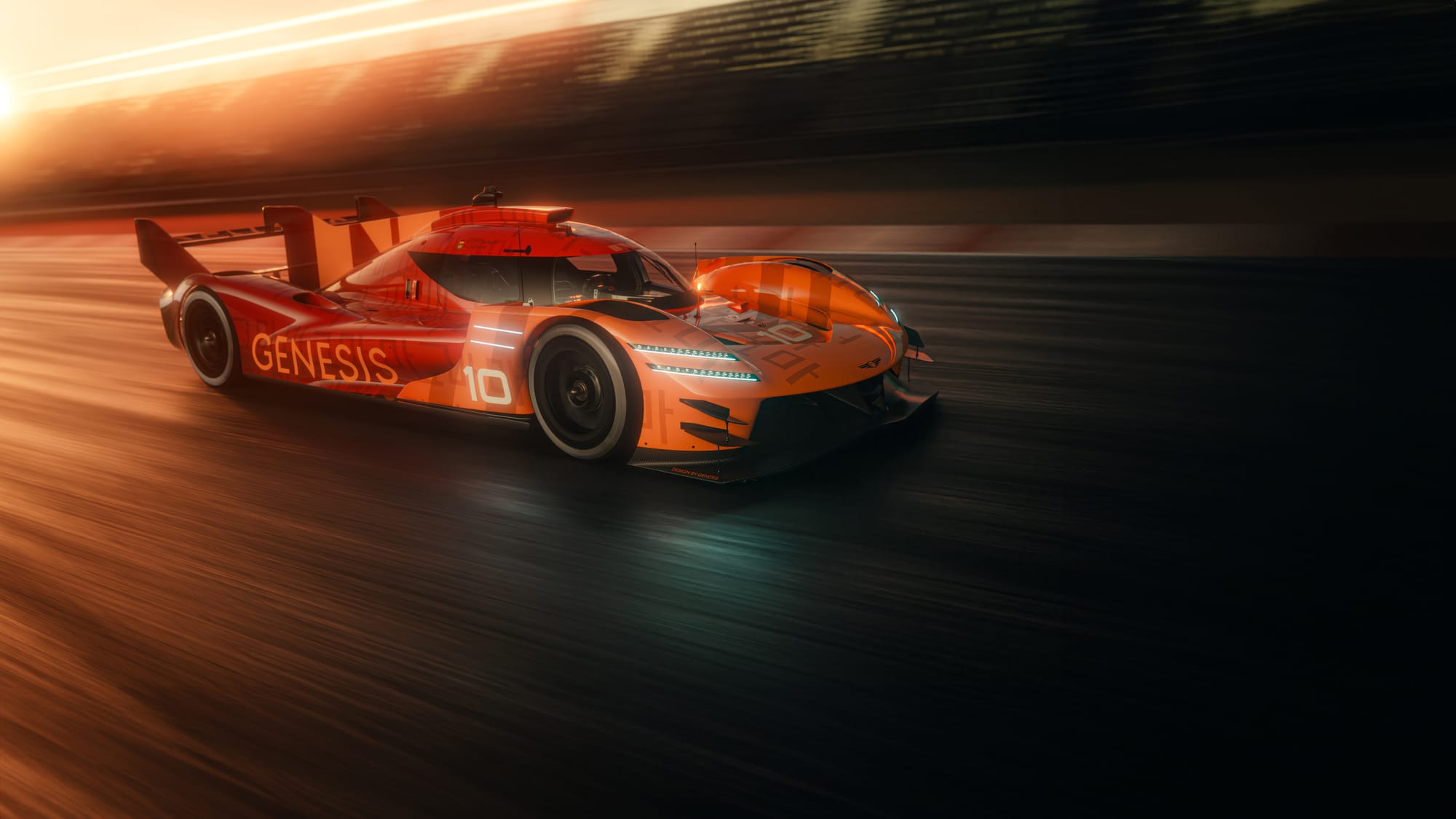
Before moving up to Hypercar in 2026, Genesis Magma Racing has decided to join forces in 2025 with a team entering an Oreca 07 in the European Le Mans Series and the 24 Hours of Le Mans. Unsurprisingly, this team is IDEC Sport. But why did they do it this way?
"Creating the 'Trajectory' programme is a key part of building the foundations of Genesis Magma Racing," Abiteboul replied.
"It is about how we get from one place – where we today – to another – where we need to be when we start to compete in the FIA WEC with the GMR-001 Hypercar at the start of 2026. To do that, we need to build a team.

"This season there will be team members including mechanics, engineers and strategists, as well as drivers – Jamie Chadwick and Mathys Jaubert – from our Trajectory programme competing in the LMP2 class of the championship, with Daniel Juncadella as the third driver," he added.
"Even though the car is run by IDEC Sport it will run in Genesis Magma Racing colours and there will be plenty of Genesis Magma Racing and Hyundai Motorsport involvement in the team behind the scenes.
"The target is for everyone to learn about endurance racing before we start with the GMR-001 in the FIA World Endurance Championship in 2026.

"This will help us get up to speed and have a sort of rolling start when we come to the first race for the GMR-001 Hypercar in 2026.
"This covers every part of the team, the mechanics, the engineers, the team in the workshop, the marketing department and everyone responsible for the planning and organisation of the race team. Every part is included."
There's a healthy dose of humility and forward-thinking in such an approach.
"The idea of starting with Genesis Magma Racing in the WEC in 2026 from nothing, with no [prior] exposure to endurance racing, quickly became very scary," Abiteboul admitted.
We WON our ELMS debut! 🤩 So much still to learn from my side (traffic is no joke in endurance! 😅) but the whole team nailed it - strategy was on point and my teammates were flying! What a start to the season and I’m excited to keep working for more 💪 pic.twitter.com/GWZtiZwd8J
— Jamie Chadwick (@JamieChadwick) April 7, 2025
"The ELMS is the best option for everyone involved with Genesis Magma Racing and Hyundai Motorsport to learn about endurance racing, its code, its requirements, its community, to understand what we need to succeed when we enter WEC in 2026."
And the first race went rather well, as the #18 Oreca 07 of Chadwick/Jaubert/Juncadella finished second in the 4 Hours of Barcelona, and first in the LMP2 category.
What about the drivers?

For the moment, only two drivers have officially joined the adventure: Andre Lotterer and Pipo Derani. Both drivers have extensive LMDh experience, with Porsche and Cadillac respectively. The two men have been hard at work for several weeks, helping Genesis Magma Racing find the best simulator available among other things.
"From my experience, no one's more important than the drivers for building that culture,’ Abiteboul said.
"It's essential for all of us to bring people who are not just drivers but can also embody the brand and be leaders of the team. Both Andre and Pipo are exactly that."
They should have been joined by Logan Sargeant, but the ex-Williams Racing driver finally decided to effectively remove himself from consideration - as revealed in February.
Called in to replace him, Juncadella is obviously a legitimate candidate.
Chadwick and Jaubert have the 2025 ELMS season to prove that they have the level required to compete in the top class.
Another name being linked to the team is Antonio Felix da Costa, who could leave Porsche at the end of the season.

